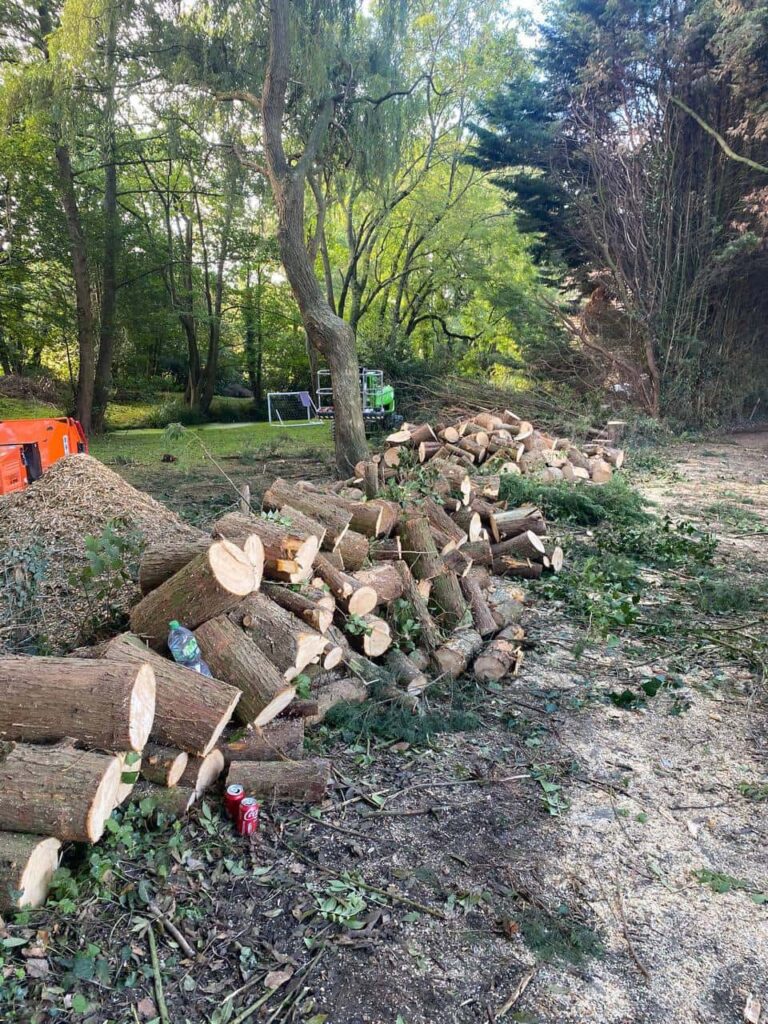Pruning Trees for Allergy Reduction: Low-Pollen Varieties
Introduction: For many, spring brings beautiful blooms and vibrant greenery, but it also signals the start of allergy season. Sneezing, itchy eyes, and stuffy noses can be relentless, making outdoor activities less enjoyable. If you’re an allergy sufferer or have family members who are, you might be interested in making your outdoor space more allergy-friendly. One effective way to do this is by selecting and pruning low-pollen tree varieties. In this blog post, we’ll explore how pruning trees and choosing low-pollen types can help reduce allergies and make your outdoor environment more comfortable.
Understanding Allergenic Trees
Before we dive into low-pollen tree varieties, it’s essential to understand why some trees can trigger allergies. Trees that produce pollen are categorised as allergenic trees, and their pollen can be a major irritant for allergy sufferers. Common allergenic trees include oak, birch, maple, and pine. When these trees release pollen into the air, it can lead to allergic reactions in individuals sensitive to pollen.
Selecting Low-Pollen Tree Varieties
Reducing pollen exposure starts with selecting the right tree varieties for your landscape. Low-pollen tree varieties are an excellent choice for allergy sufferers. These trees produce minimal to no pollen, making them less likely to trigger allergic reactions. Here are some low-pollen tree options to consider:
- Female Trees: Many tree species have separate male and female trees. Male trees produce pollen, while female trees produce seeds but no pollen. Opt for female trees to minimise pollen in your outdoor space.
- Flowering Trees: Trees that rely on insects for pollination instead of wind are less likely to produce airborne pollen. Consider planting flowering trees like dogwood, magnolia, or cherry trees, as they are usually low in pollen.
- Fruit Trees: Fruit-bearing trees like apple, pear, and plum trees typically have low pollen counts and can add beauty and functionality to your landscape.
- Evergreen Trees: Some trees, like junipers and arborvitae, are considered low-pollen trees. They provide year-round greenery and are less likely to trigger allergies.
Pruning Trees for Allergy Reduction
Pruning your trees can further reduce the potential for allergenic pollen production. Here’s how:
- Remove Male Trees: If you have existing trees causing allergies, consider removing male trees from your landscape. This eliminates the primary source of airborne pollen.
- Prune Flowering Trees: Pruning flowering trees can help manage their pollen production. Regularly removing spent flowers can reduce the release of pollen into the air.
- Control Growth: Proper pruning can also help control the size and density of your trees, allowing for better air circulation and less pollen dispersal.
- Consult an Arborist: For expert guidance on pruning your trees for allergy reduction, consult a certified arborist who can assess your landscape and recommend appropriate techniques.
Conclusion: By carefully selecting low-pollen tree varieties and implementing strategic pruning practices, you can create an allergy-friendly outdoor environment that allows you to enjoy your outdoor space without the constant discomfort of allergies. Whether you’re considering new tree plantings or want to manage existing trees, reducing pollen production can significantly improve your outdoor quality of life. Consult with a professional tree care service, like Long Eaton Tree Surgeons, for expert advice and assistance in creating an allergy-friendly landscape everyone can enjoy.
Call us on: 0115 647 3811
Click here to find out more about Long Eaton Tree Surgeons
Click here to complete our contact form and see how we can help with your tree’s needs.

